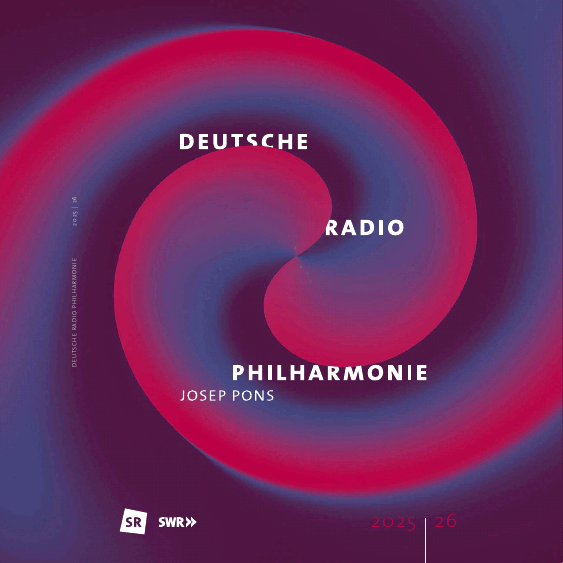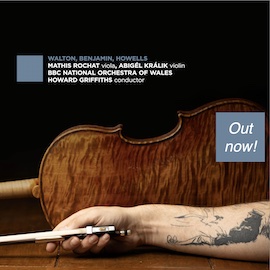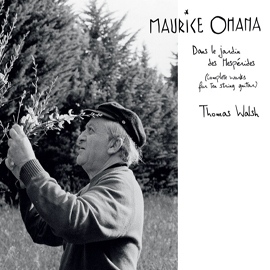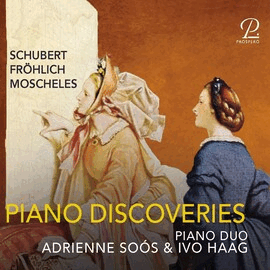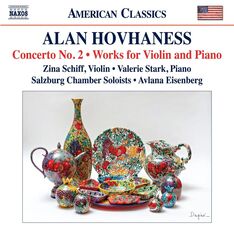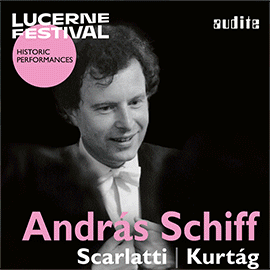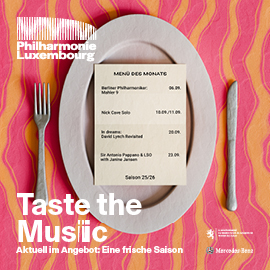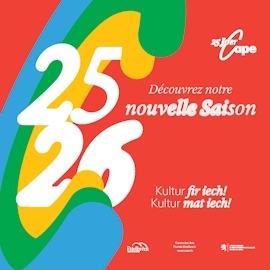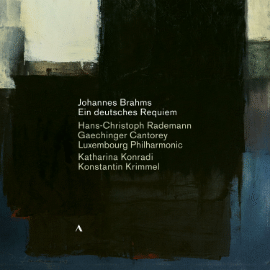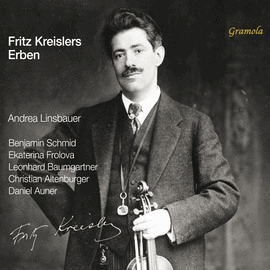Der armenisch-amerikanische Komponist Alan Hovhaness (1911-2000) war eine der schillerndsten Musikfiguren in den Vereinigten Staaten. Er war ungeheuer produktiv und schrieb über 400 Werke (u.a. 60 Symphonien und neun Opern). Hovhaness hat eine sehr persönliche Tonsprache, tonal, mit deutlichen Einflüssen orientalischer, asiatischer und europäischer Musik. Auch die Polyphonie mittelalterlicher Komponisten hat ihn beeinflusst. Und doch konnte er, bei all dem, seine Herkunft nicht verheimlichen. Seine Expressivität ist, im Grunde, sehr slawisch.
Das Programm startet mit dem 21 Minuten langen Konzert für Geige und Streicher. Es ist in seinen sieben Sätzen weitgehend ruhig und melodisch, eine Ruhe die manchmal durch ungewöhnliche Kompositionseffekte unterbrochen wird. Der fünfte Satz ist tänzerisch und erinnert an Salon-Musik.
Das ungarisch gefärbte Yeraz für Solovioline führt zu der einfallsreichen Khirgiz Suite, die von der Musik einer türkischen zentralasiatischen Ethnie und indischen Rhythmik gezeichnet ist.
Les Baux ist eine verträumte Hommage an die provenzalische Stadt, während die Violinsonate sowohl von armenischen wie, im Finale, von schottischer Musik inspiriert ist.
Three Visions of Saint Mesrob feiert den christlichen Missionar Armeniens mit mystischen und ätherischen Klängen.
Varak bezieht sich auf ein heiliges Gebirge in Armenien. Das Stück beginnt mit einem ruhigen Andante, dem ein lebhafter Volkstanz folgt.
Das Wiegenlied Oror beschließt das in vielen Farben schillernde Programm. Das von den Solisten und dem Ensemble auf hohem Niveau und mit viel Inspiration dargeboten wird.
The Armenian-American composer Alan Hovhaness (1911-2000) was one of the most colorful musical figures in the United States. He was immensely productive and wrote over 400 works (including 60 symphonies and nine operas). Hovhaness has a very personal tonal language, with clear influences of oriental, Asian and European music. He was also influenced by the polyphony of medieval composers. And yet, despite all this, he could not conceal his origins. His expressivity is basically very Slavic.
The program begins with the 21-minute concerto for violin and strings. It is largely calm and melodic in its seven movements, a calm that is sometimes interrupted by unusual compositional effects. The fifth movement is dance-like and reminiscent of salon music.
The Hungarian-tinged Yeraz for solo violin leads to the imaginative Khirgiz Suite, which is characterized by the music of a Turkish Central Asian ethnic group and Indian rhythms.
Les Baux is a dreamy homage to the Provençal town, while the violin sonata is inspired by both Armenian and, in the finale, Scottish music.
Three Visions of Saint Mesrob celebrates the Christian missionary of Armenia with mystical and ethereal sounds.
Varak refers to a sacred mountain range in Armenia. The piece begins with a calm andante, followed by a lively folk dance.
The lullaby Oror concludes the program, which shimmers in many colors. It is performed by the soloists and the ensemble at a high level and with great inspiration.



